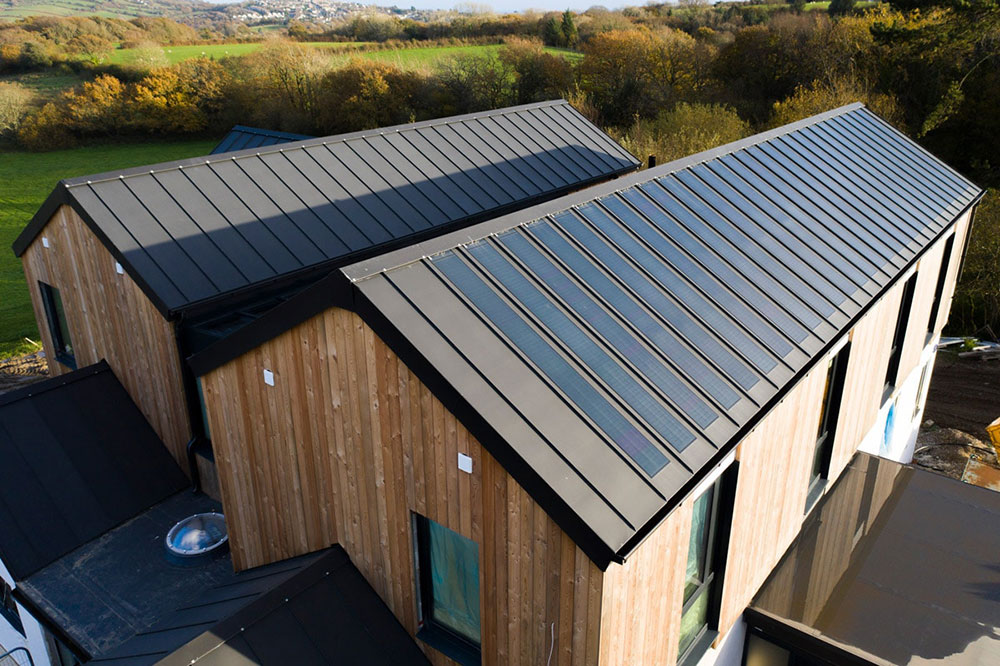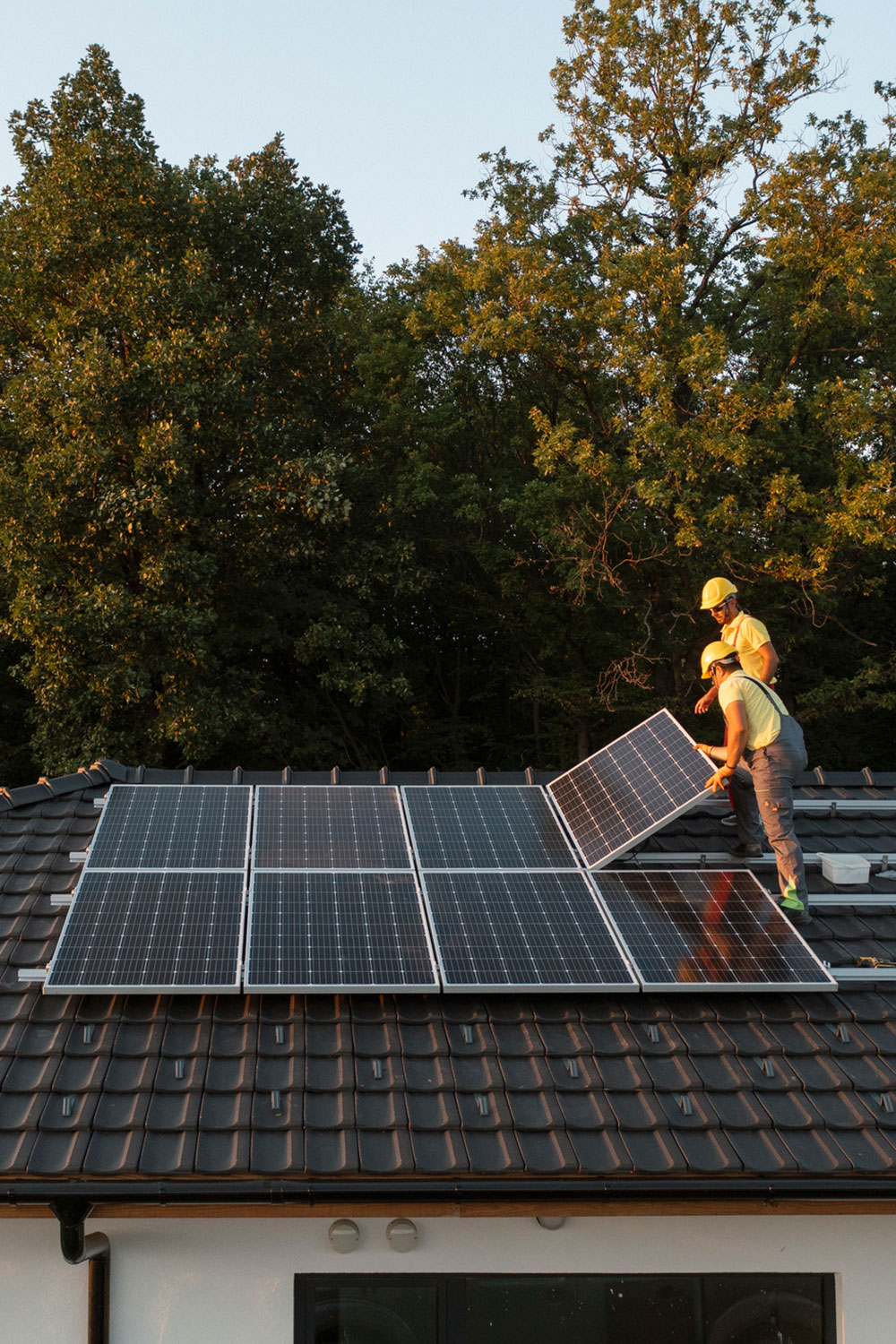Homeowners across the nation are showing an increased interest in the benefits of solar panels. This increase aligns with an uptick in concern for the environment as well as rising energy bills.
If there’s one thing that gives homeowners pause, it’s the cost of solar panel installations. To start benefiting from solar, you can expect a pretty big price tag.
On average, homeowners can expect to pay between $15,000 and $20,000 for a full residential solar panel system. This raw number doesn’t take into account the money you’ll recuperate in tax incentives, energy savings, and more.
Before that average cost scares you away from going solar, keep reading. We’re going to talk about the five things you’ll want to know as a homeowner considering solar panel costs.

1. Federal Incentives Have Grown
For the past few years, the federal government has been grappling with the federal tax incentive homeowners access by switching to solar. We’ve seen this incentive increase and decrease several times. Some members of Congress have even pushed to do away with it altogether.
The good news is that the incentive is still in place and has, in fact, increased. The Inflation Reduction Act of 2023 extended this tax incentive and increased it from 22% to 30%.
What does this mean for you? You will receive a deduction in your taxable income that equates to 30% of the cost of your solar panel installation. This means that a $20,000 solar panel system will actually cost closer to $14,000 when all is said and done.
2. Your State May Offer Additional Incentives
Depending on where you live, you may see additional tax incentives from your state. While not all states are currently offering tax incentives, we expect more to make this shift in the coming years.
What kinds of incentives are state governments offering around the country? The state of Arizona offers up to a $1000 tax reduction on personal income tax as well as property tax exemptions for some solar panel owners. The state of California offers cash incentives to certain homeowners that meet qualified income brackets or live in participating cities.
Currently, twenty out of our fifty states offer some for of an incentive for homeowners who want to go solar. This can lower the overall cost of solar panel installations even further.
3. It’s Time to Stop Paying for Electricity
If your electric bills topped $1000 last winter, you aren’t alone. The cost of electricity has risen sharply in the last few years, making heating and cooling seasons harder to keep up with than ever before.
Why have electric companies raised their prices across the nation? One reason is our reliance on natural gas, any already nonrenewable source which we’re now shipping to Europe at higher rates than in years past. Scarcity is increasing year over year and high export rates aren’t helping the problem.
The second reason has to do with inflation. Though inflation is starting to cool in the US, we shouldn’t expect electric prices to drop anytime soon. Rarely do prices go down after they’ve gone up.

Rather than funneling money into a nonrenewable energy source that you don’t own, it’s time to take that money and invest it in renewable energy that eventually you won’t pay a dime for.
4. Companies Offer Payment Plans
Do you need to save up for years in order to afford the cost of solar panel installations? Absolutely not. While you’re going to want to make sure that you have enough for a downpayment and potential solar panel maintenance, you don’t need $20,000 in the bank before you invest in solar.
Why is that? Companies like Blue Raven Solar offer payment plans that make solar more accessible for homeowners. For starters, you don’t have to pay anything for the first 18 months. That means that you can start to reap the rewards of not having an electric bill and set that money aside to start paying off your solar panels, rather than jumping right into one bill after cutting off another.
Plus, you can work with your solar panel installer to create a payment plan that works for you. Often, larger monthly payments lead to lower interest rates. No matter the payment plan, solar panels are more accessible than you may think.
5. Solar Is Decreasing in Cost
Chances are, you’ve been hearing that solar panel installation is expensive for the past few decades. This is in large part because yes, solar panels used to cost a lot of money to install when they first rose in popularity.
Now, the cost of solar panels is decreasing. Thanks to updated technology and rising demand, it’s cheaper to produce solar panels than it was in the past. Solar panel companies are using their own savings to make solar more affordable for the average homeowner to help increase interest and put more homes on the solar grid.
There are other options that are also lower in cost, like subsidizing your own energy with a solar panel farm or solar panel rental. However, owning your own energy system is the most cost-effective choice in the long term.
Don’t Fear the Raw Cost of Solar Panel Installations
Many homeowners are interested in the solar panel installation process. Now that you know more about the cost of solar panel installations, you can make an informed choice without the fear that solar is too expensive for your household to afford. It’s time to go solar and stop relying on nonrenewable energy sources in 2023.
Looking for more ways to improve your property without breaking the bank? Take a look around as we share more ideas, inspiration, and information about home renovations, hotel improvements, and more.

